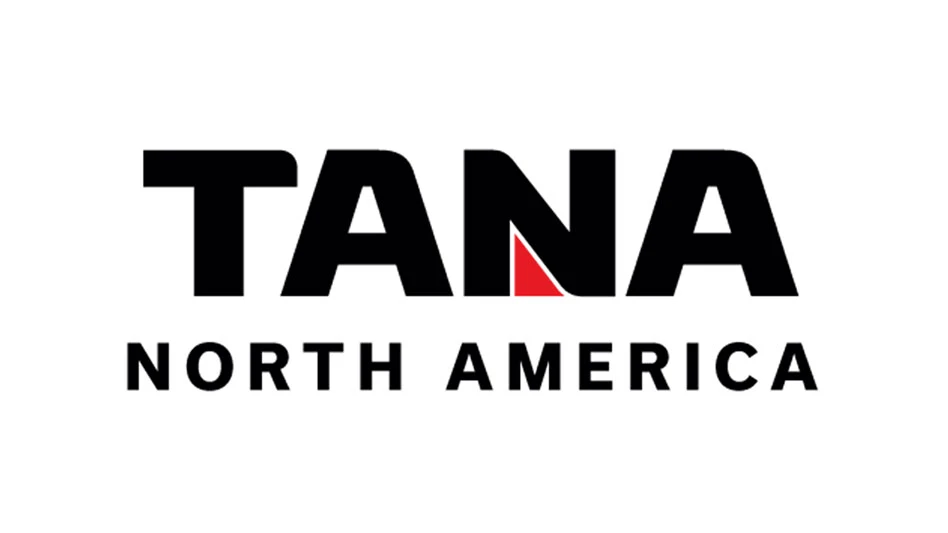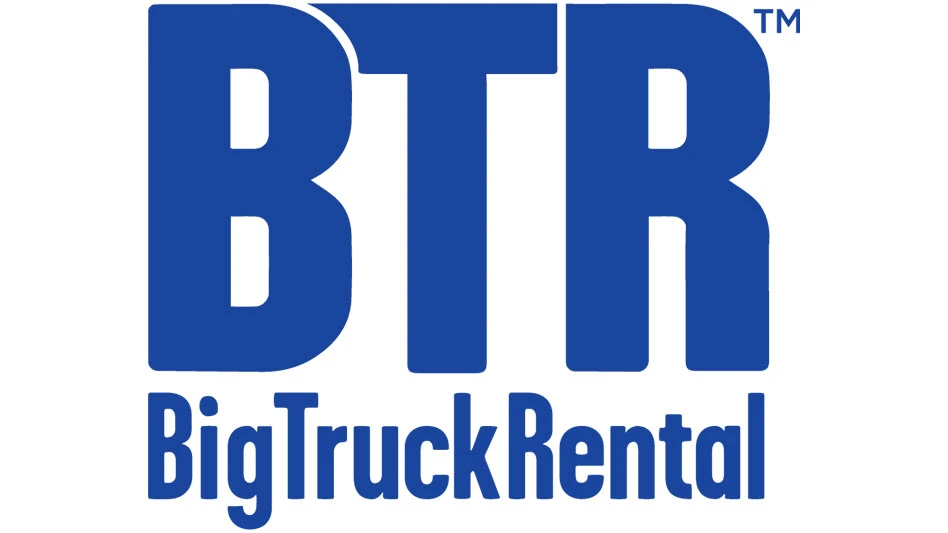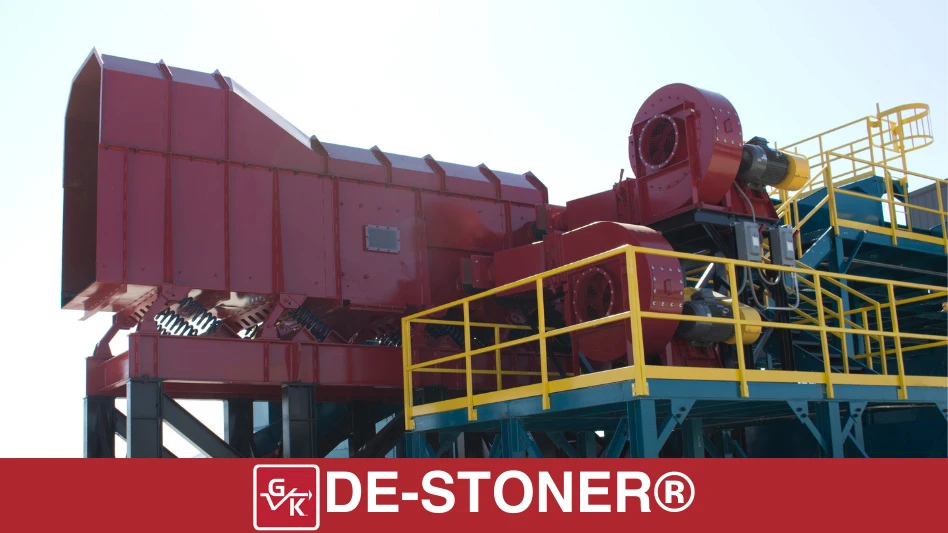Anti-retaliation provisions of OSHA’s reporting rule take effect

The anti-retaliation provisions of the Occupational Safety and Health Administration’s (OSHA) Electronic Injury Reporting and Anti-Retaliation final rule (also known as Improve Tracking of Workplace Injuries and Illnesses) took effect Dec. 1, 2016. The rule, which was finalized on May 12, 2016, will make the submission of the injury and illness forms mandatory and exclusively electronic for most employers. For the first time, OSHA plans to make this information publicly available on the internet through a new searchable database and use the data for enforcement purposes.
On July 8, 2016, the Associated Builders and Contractors (ABC), Washington; Dallas-based construction association TEXO; and a coalition of stakeholders filed a lawsuit challenging the anti-retaliation provisions of the final rule. The legal challenge was filed in the U.S. District Court for the Northern District of Texas. On July 12, 2016, ABC filed an emergency motion for preliminary injunction seeking to delay the anti-retaliation provisions from implementation. On Oct. 18, OSHA announced that it agreed to delay enforcement on the anti-retaliation provisions until Dec. 1, 2016.
On Nov. 28, 2016, the U.S. District Court denied the motion for preliminary injunction, primarily on the basis that plaintiffs had not shown sufficiently irreparable harm from the new rule, but without reaching the merits of the legality of the rule. The litigation may not be definitively resolved until after the Trump administration takes office in 2017. The final rule’s reporting requirements are effective Jan. 1, 2017, and will be phased in over two years.
Federal judge blocks Department of Labor overtime rule

A federal judge in Texas has blocked the U.S. Department of Labor’s (DOL’s) final overtime rule. The Nov. 22, 2016, decision by U.S. District Judge Amos Mazzant III in Sherman, Texas, is considered a victory for 21 states and dozens of business groups that sued stating the new rule would increase government costs in their states by $115 million in 2017 and would cost private employers millions of dollars more, possibly leading to layoffs.
The DOL Wage and Hour Division’s final overtime rule stated that employees who earn $47,476 per year are eligible as hourly employees rather than salary and will be paid overtime compensation for hours worked over the 40-hour limit. The rule would also update the salary threshold every three years based on wage growth over time. It would have become effective Dec. 1, 2016.
King County, Washington, C&D debris redirected to recyclers

A King County, Washington, ordinance requiring increased recycling rates took effect Nov. 1, 2016. Construction and demolition (C&D) debris is no longer accepted at solid waste facilities and is redirected to C&D handling facilities and recycled, repurposed or disposed instead.
The ordinance, which passed in 2015, is in line with the goals of King County’s Strategic Climate Action Plan (SCAP) by reducing greenhouse gas emissions through recycling and reusing construction materials, rather than manufacturing new materials.
The regulation became fully in effect as of Jan. 1, 2016. However, prior to Nov. 1, the King County Solid Waste Division issued warnings to violators. Starting Nov. 1, the division said it would begin issuing citations and fines.
The initial fine could be a maximum of $100, which becomes $500 upon the second infraction. Subsequent infractions will result in a doubling of the previous fine.
The division adds that in some cases violators may be subject to prosecution as a misdemeanor. The county has contracted with the King County Sheriff’s office to provide a full-time detective whose job is to enforce the regulation. King County Solid Waste Division staff also will assist.
Material that will no longer be accepted by the country include C&D debris in dump trucks or other mechanized dump vehicles, and also in mechanized dump trailers.
Small quantities of C&D debris brought in vehicles or trailers without mechanized dump beds, and C&D materials mixed with larger loads of garbage that don’t exceed roughly 10 percent of the total load will still be accepted at King County-operated transfer stations.
C&D materials that can be recycled include clean wood, cardboard, metal, new gypsum scrap, asphalt paving, bricks and concrete. Waste includes materials such as roofing, painted wood, insulation and cement siding. King County will continue to direct customers to privately owned, routinely monitored facilities.

Explore the January 2017 Issue
Check out more from this issue and find your next story to read.
Latest from Construction & Demolition Recycling
- Fleetio integrates Maintenance Shop Network add-in
- C&D World session preview: Key strategies for effective fleet maintenance
- Rotochopper hosts equipment owners at annual training program
- EAF mill underway in California
- On the move
- Viably teams with Turmec on materials processing systems
- Tight supply poised to keep recycled steel prices buoyant
- Untha shredder prepares SRF in the UK





